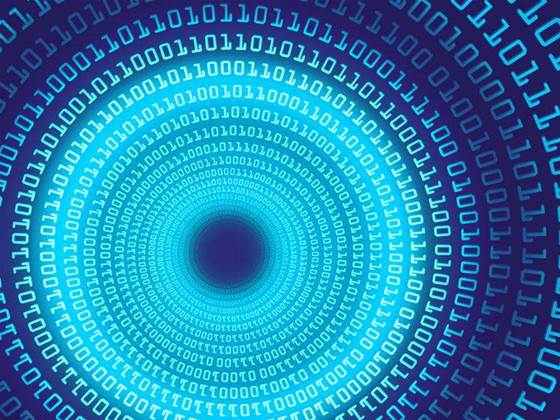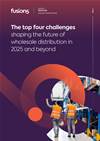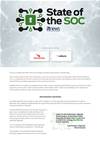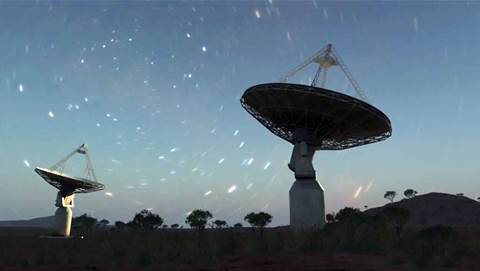US physicists have developed a hybrid material whose "split electronic personality" could lead to high-performance, fault-resistant quantum computers in the future.

The material, called a topological superconductor, had an interior that conducted electricity like a superconductor and a surface that behaved like a metal.
Researchers said it could be used to create and manipulate Majorana fermions - particles theorised to be the building block of a self-correcting quantum computer.
Quantum information loss, or decoherence, has been a roadblock in the development of quantum computers, which use notoriously fickle qubits to store and process information.
Since qubits could not be progressively measured or copied due to the laws of quantum mechanics, conventional error-correction techniques would not apply.
Scientists hoped that Majorana fermions - which had no electrical charge and thus travelled along predictable paths - could be used in fault-tolerant, 'topological' quantum computers.
Topological machines could store information in the more robust Majorana fermions, or be designed to identify and correct for errors as they occurred.
Research leader M. Zahid Hasan of Princeton University hoped to create Majorana fermions by placing the new, hybrid material in contact with specially developed topological insulators.
Looking forward, the research team hoped to further develop topological superconductors and insulators, detect Majorana fermions and invent ways to control their properties.
Hasan noted that self-correcting quantum computers, and other applications of the materials, could still be several decades in development.
"There are many different types of topological superconductors and the exact identification of the current superconductors will require further experiments," he stated.
"Of course, it takes time to go from new physics to new technology -- usually 20 to 30 years, as was the case with semiconductors."
Earlier this year, Sydney University researcher Michael J. Biercuk won part of a US government grant for building firmware to address decoherence in quantum computing.
"The kind of quantum computer that we think about when we talk about a factoring engine is likely 30 to 50 years away, but it's such a big deal that people are trying to get there rapidly," he said at the time.





_(5).jpg&h=140&w=231&c=1&s=0)
.png&w=100&c=1&s=0)




 Private AI vs Public AI: How your organisation can securely adopt AI without compromise and excessive cost
Private AI vs Public AI: How your organisation can securely adopt AI without compromise and excessive cost
 iTnews Benchmark Security Awards 2025
iTnews Benchmark Security Awards 2025
 Digital Leadership Day Federal
Digital Leadership Day Federal
 Government Cyber Security Showcase Federal
Government Cyber Security Showcase Federal
 Government Innovation Showcase Federal
Government Innovation Showcase Federal










.jpg&h=140&w=231&c=1&s=0)



